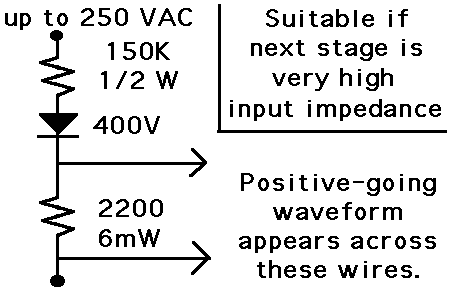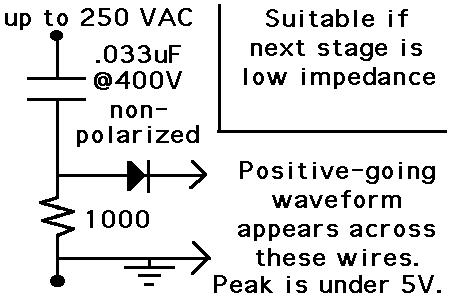mohansaini
Junior Member level 1
Please suggest how to sense AC voltage without isolation transformer by using combination of Resistance and Capacitors. i need to convert AC 230V to a level of 0-5V so that i can sense it using a Microcontroller. I have heard about isolated OP-AMPS are used for that purpose but never used them practically please share your ideas and circuits or work whatever you have done before the same.
Thanks.
Thanks.

